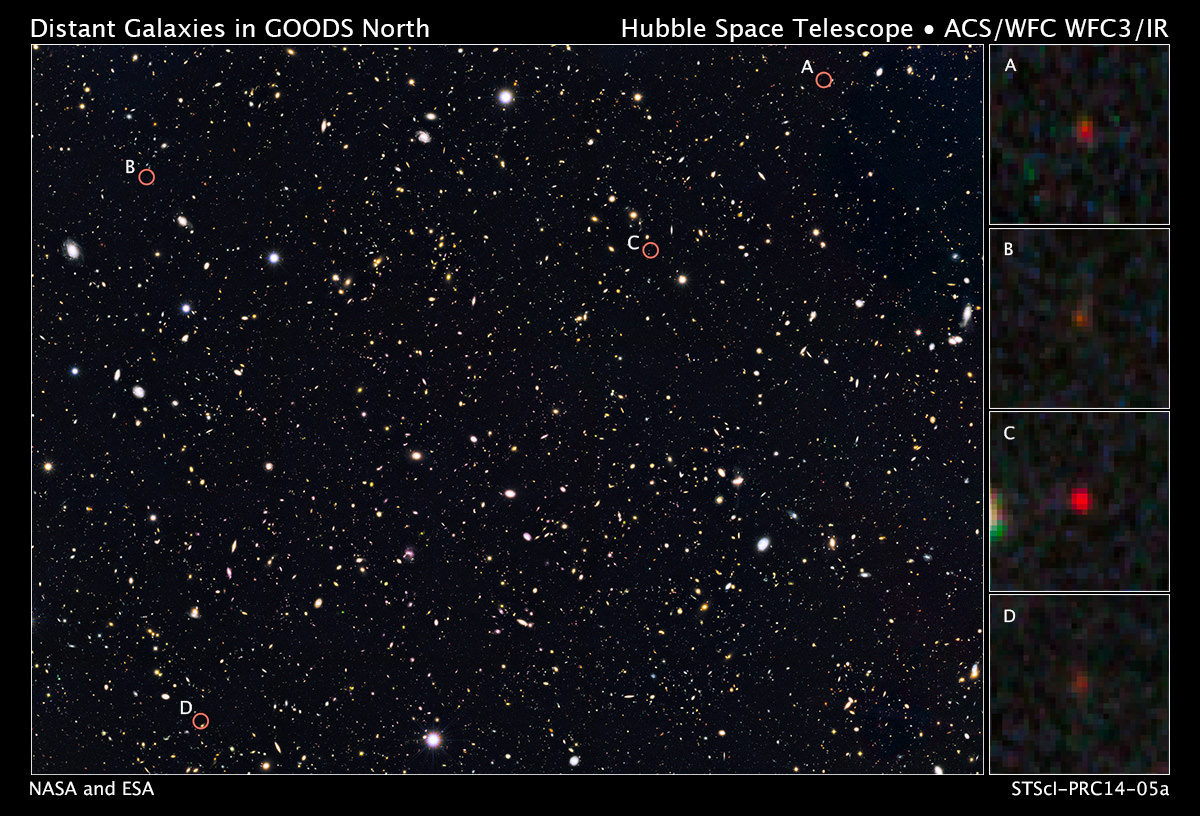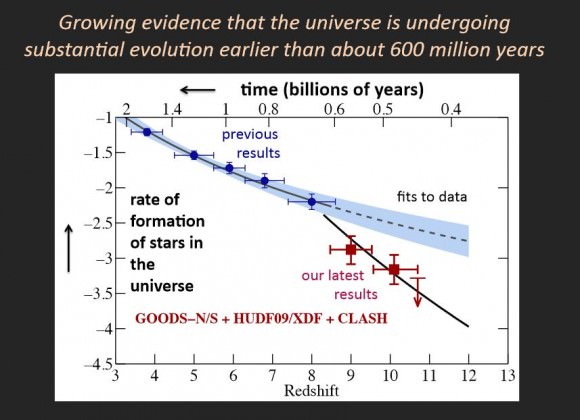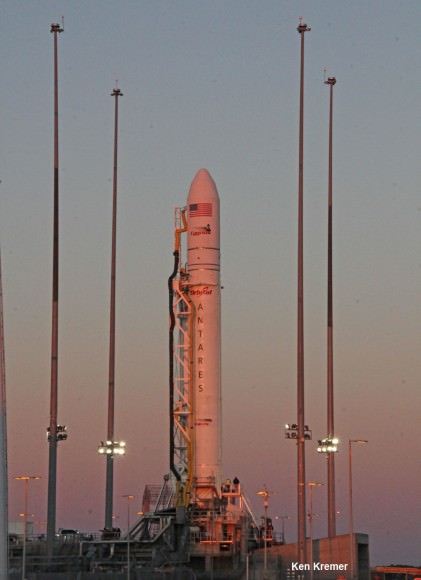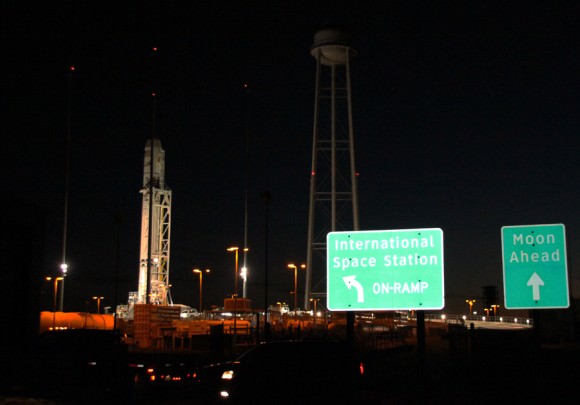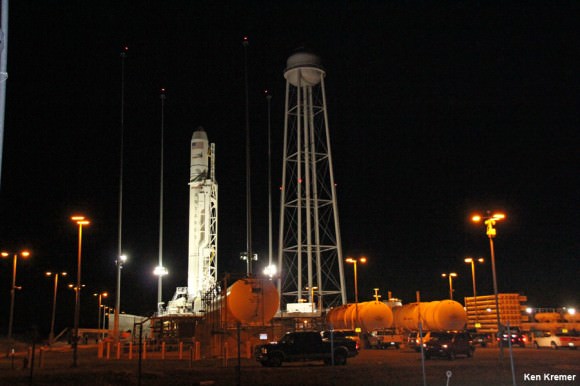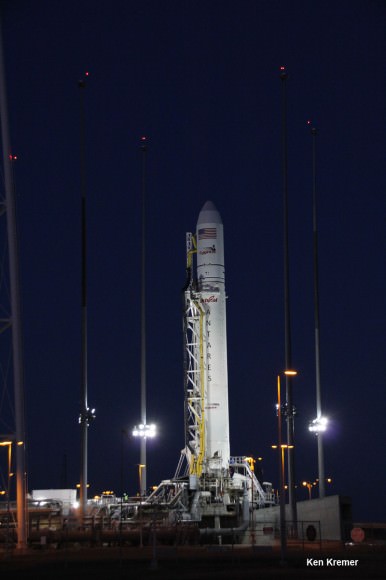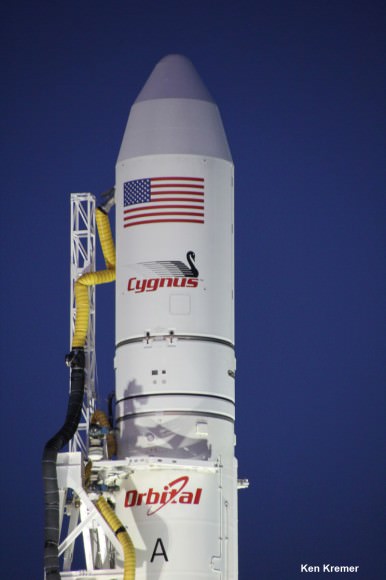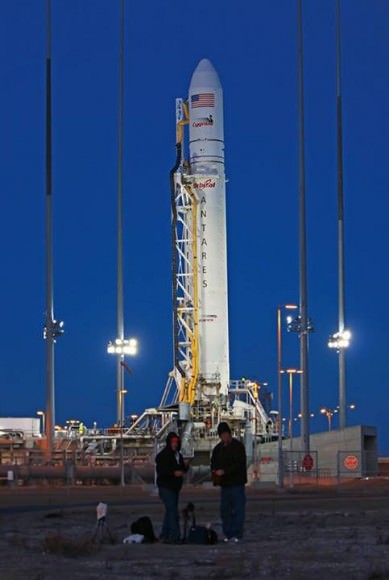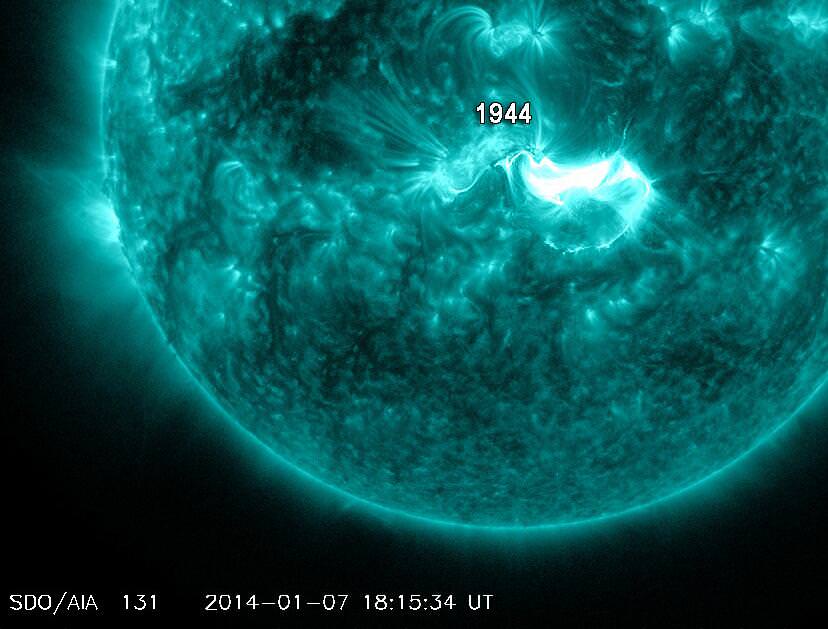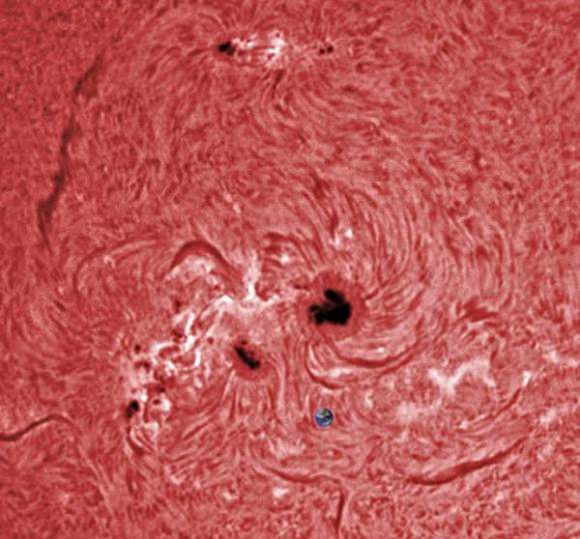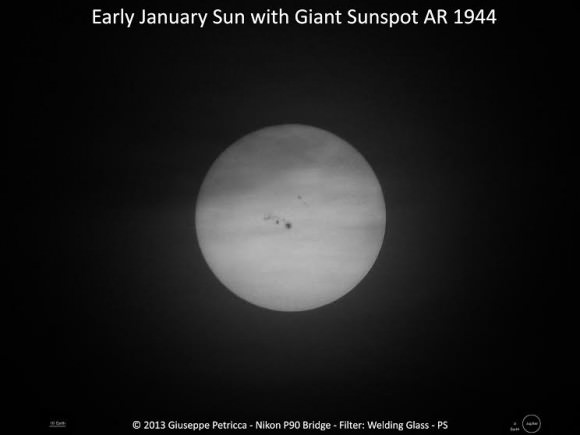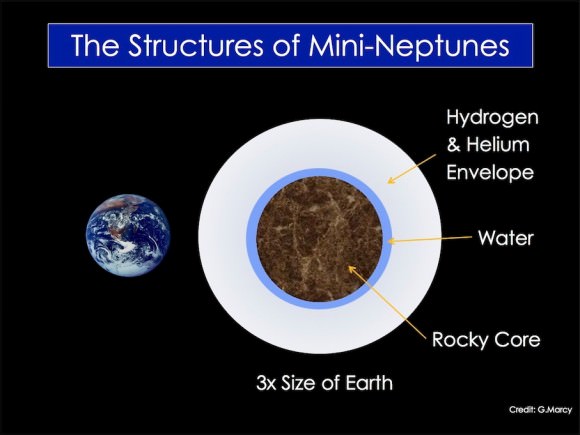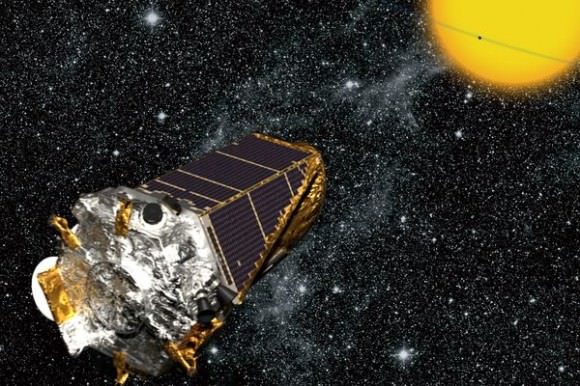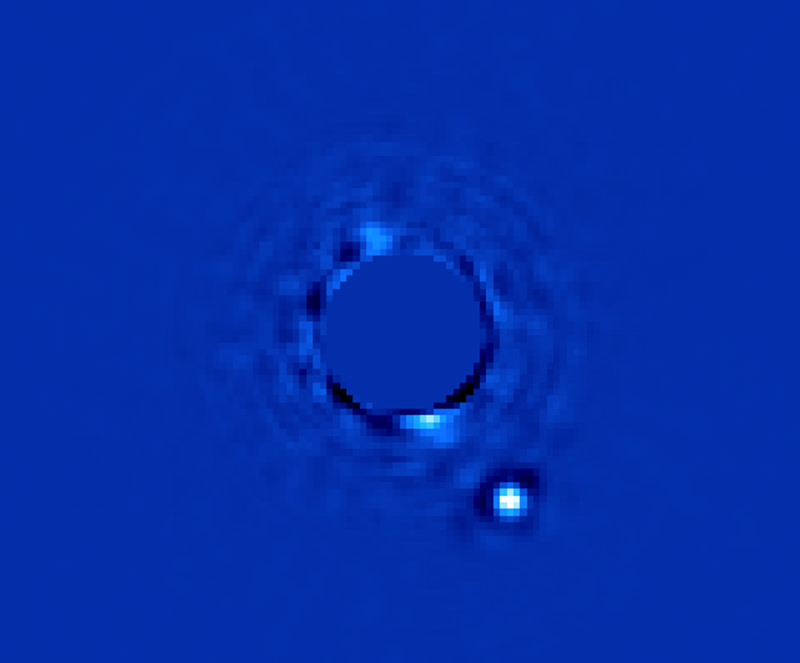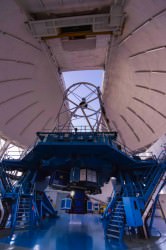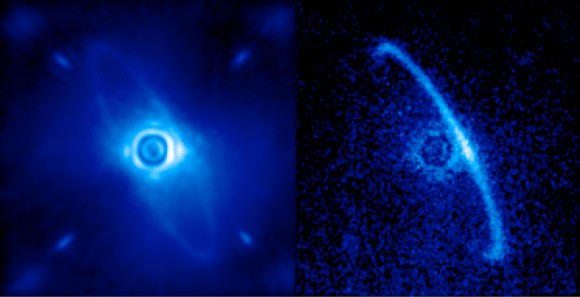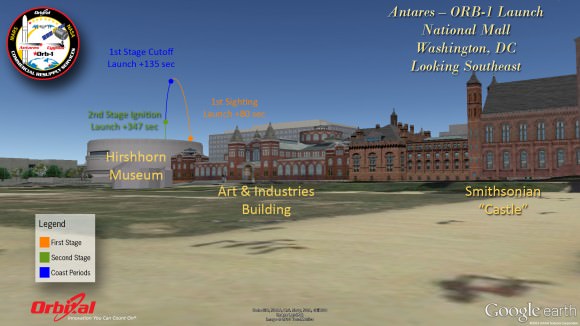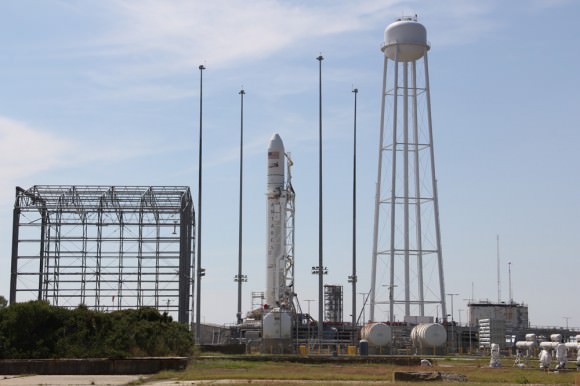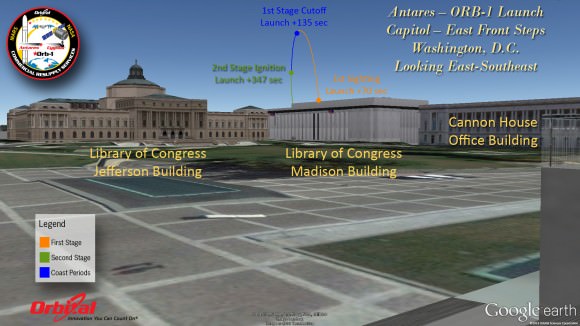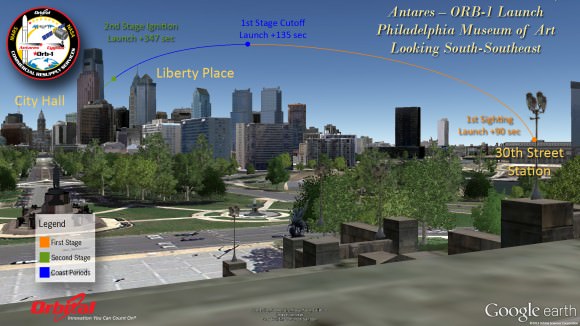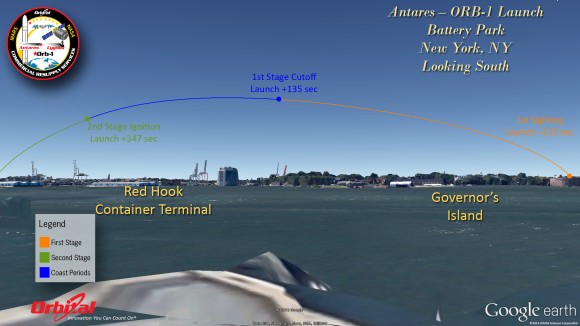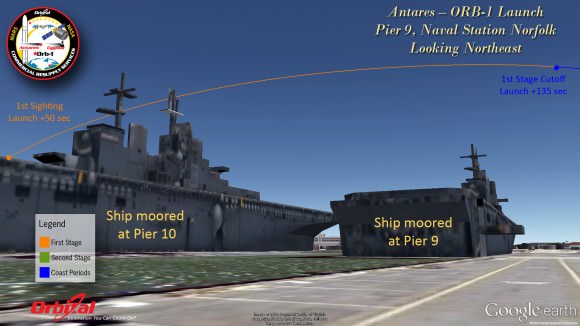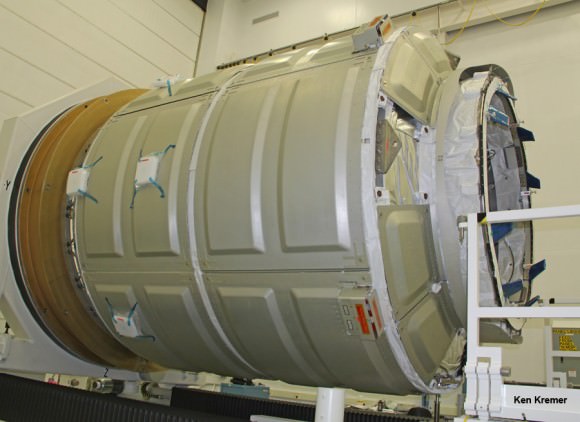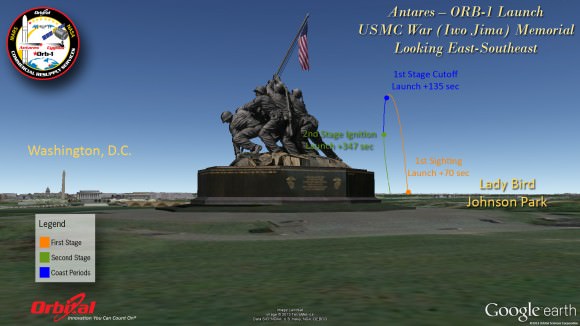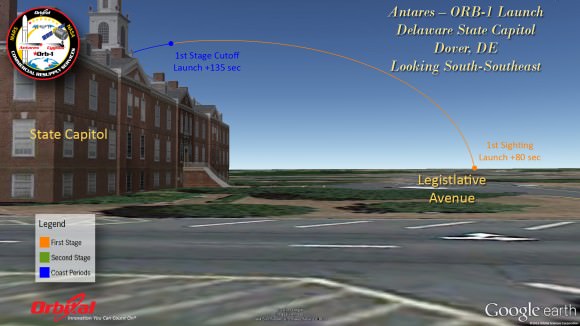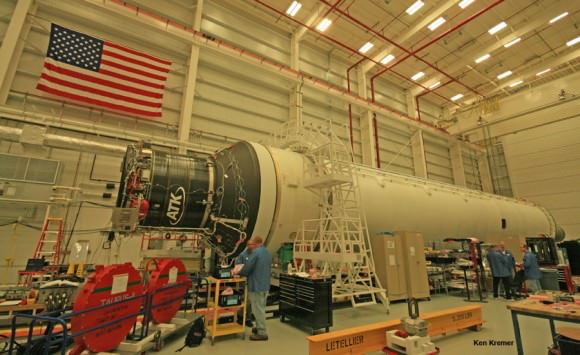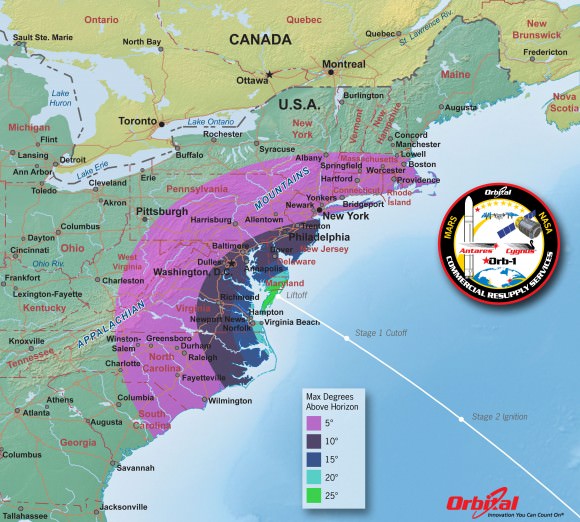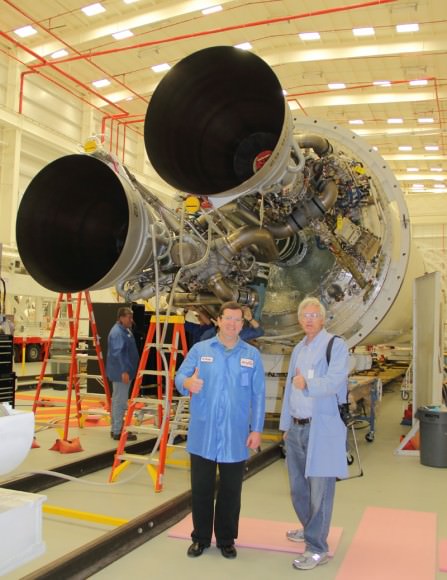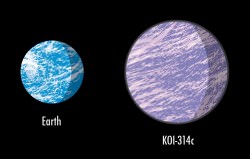NASA announced today that the Obama administration has approved NASA’s request for an extension of operations for the International Space Station for an additional four years to 2024. This means work on board the orbiting laboratory will continue at least for another decade.
“I think this is a tremendous announcement for us here in the space station world,” said Bill Gerstenmaier, associate administrator for NASA’s Human Exploration and Operations Mission Directorate, speaking during a press briefing today, “ and also for all of human spaceflight and for our international partnership.”
“This is a tremendous gift the administration has given us,” he added later.
Gerstenmaier said the extension allows NASA to expand their planning horizons, and it will change the way scientists and commercial companies look at their “investment” in the future of the ISS.
“We’re starting to see a lot of science benefits on ISS that have a lot of applications here on Earth, such as pharmaceuticals, materials processing, and climate change equipment, and operating until least 2024 opens up a large avenue of research on the ISS,” he said. “This also changes the perspective for commercial providers … as the commercial sector now has a larger market to carry cargo to space for NASA, as well as crew.”
Commercial Spaceflight Federation president and former astronaut Michael Lopez-Alegria agreed. “The International Space Station is the crown jewel of NASA’s human spaceflight program,” he said in a statement. “This extension comes at a critical time and paves the way for the ISS to fulfill its extensive and multifaceted potential – as a research lab that will provide countless benefits here on Earth, as an anchor destination for America’s commercial space race and as a jumping off point for deep space technology development and exploration.”
Gerstenmaier also sees the ISS as a proving ground for future human spaceflight plans to head out to deep space. “NASA doesn’t think of ISS and deep space human plans as separate, but as a combined strategy,” he said.
A recent review of ISS modules and equipment ensured that the station could likely last until 2028, and Gerstenmaier said this new extension allows operations to be at least considered until nearly 2030.
“Ten years from today is a far-reaching vision,” he said. “Our international partners are well aware of this extension and they were involved in hardware studies to see if station operations could extend. They will continue to evaluate their hardware and they all see this as a positive step in moving forward. … This is truly an international endeavor and we all work together.”
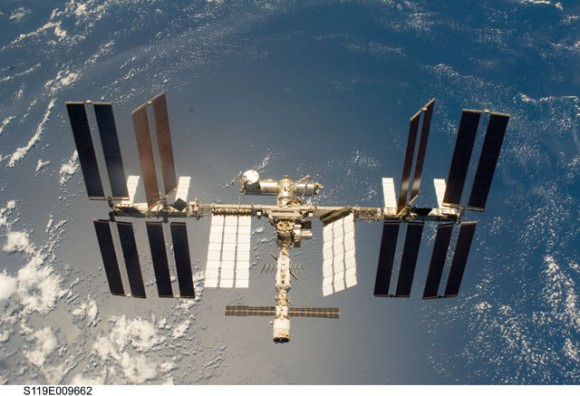
Gerstenmeier added that it’s not immediately clear whether all of the 15 nations involved in the ISS along with the US will continue to participate for the duration of the life of the ISS, but that NASA is prepared to work with whatever plans the international partnership evolves into over time.
He said that no additional funding for the ISS was currently required for the extension, as the basic budget now covers the ISS to at least 2020, and the funds set aside for eventually deorbiting the ISS will be shifted towards operations.
Additional funding will likely be required at some point, however, but well past when the current Administration and Congress will be obligated to decide.




